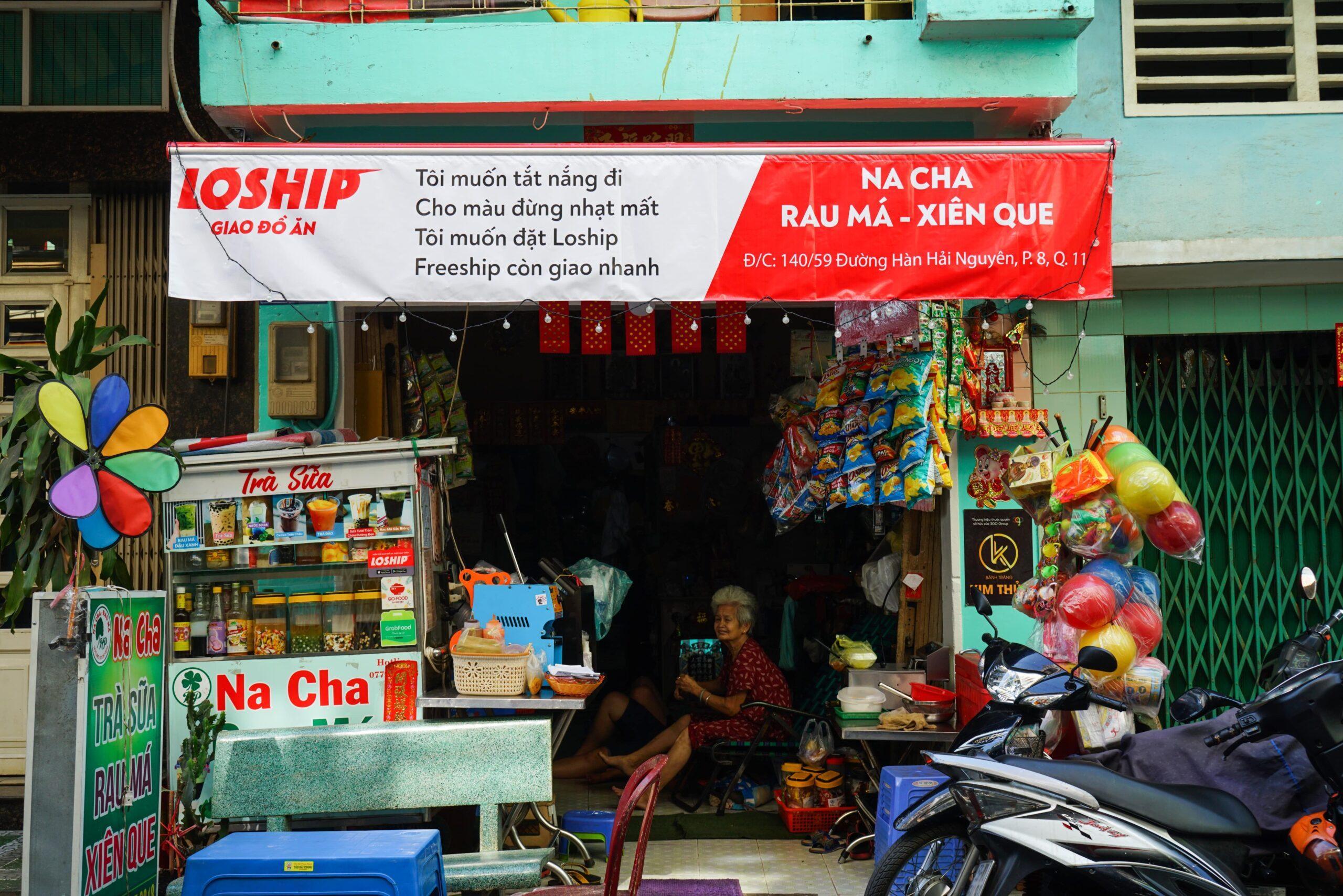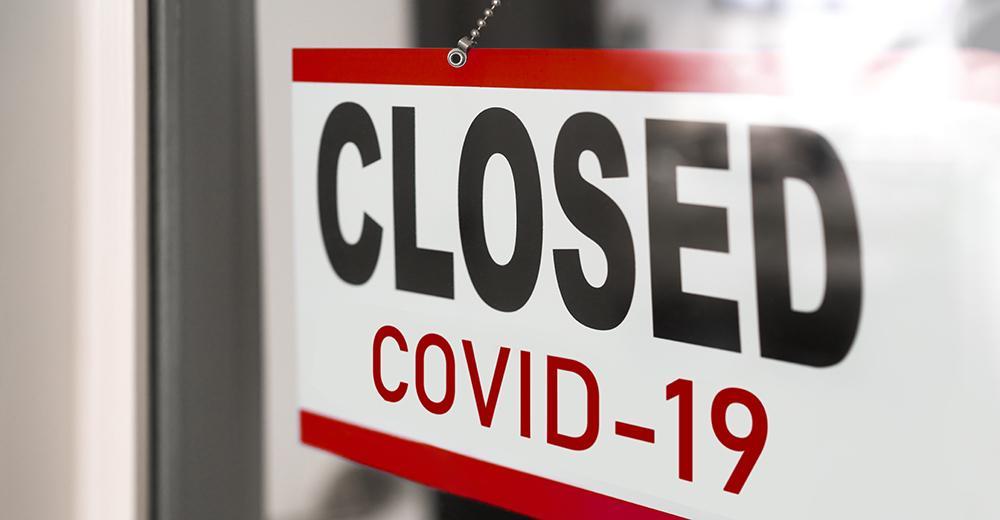AsiaTechDaily – Asia's Leading Tech and Startup Media Platform

Technology: How Does It Help In The Combat Against COVID-19?
As COVID-19 spirals out of control, countries went into lockdown as national borders were shut, sending shockwaves to the world economy and a temporary halt to businesses. However, there remains a silver lining – we have come a long way since the battles of the 2003 SARS outbreak, both in terms of public awareness and technological development.
Naturally, this brings a question to mind: In desperate times such as this, how is technology used to curb the COVID-19 pandemic?
Detection and Pre-Screening. In China, police officers are equipped with smart helmets that can detect body temperature in real-time, enabling them to spot feverish individuals in the crowd for examination. Drones that come with thermal sensors, loudspeakers, and chemical spray jets are also used by the government to evacuate and disinfect public areas. In addition, telehealth apps are now being used by many to avoid unnecessary trips to clinics and hospitals, a potential cluster of said virus. For instance, in Singapore, residents with symptoms are using MaNaDr to get pre-screened by physicians online. Patients then check in with their online doctor every day and follow up if their symptoms persist or deteriorate.
Tracing and Mapping. South Korea was able to contain the COVID-19 without the need for a lockdown. By harnessing mobile phone location information, credit card usage and data-mining of CCTV footage, health authorities were able to track who came into contact with infected individuals. The result of the tracking was then made public on national and local government websites, as well as smartphone apps to help citizens avoid hotspots. For example, the online platform Coronamap.site allows Korean citizens to check the location of patients and the places they visited.
Although there were arguments of overexposure of private information, these measures have enabled the country to keep things under control. On the other hand, authorities in Taiwan have set up geofences that alert them when quarantined individuals step out of their designated shelter. Whereas in Hong Kong, a similar technology is adopted in the form of wristband. However, there have been cases of such devices being malfunctional, allowing quarantined individuals to roam free.
Treating the Patients. When it comes to the treatment of patients, wearable biosensors are now used to detect their physiological changes, including body temperature, respiration rate as well as heart rate. AI-based logarithm, when combined with laboratory testing and thermal imaging, also helps doctors to better understand and visualize a patient’s condition. To ensure the safety of medical workers on duty, technology is also used to minimize physical contacts with patients, thereby preventing transmissions. In Wuhan, for example, Huawei has installed a 5G network in a specialist hospital that enabled robots to take care of patients and take measurements. Specialists are using 5G to control medical equipment remotely, allowing them to diagnose new cases and support physicians in other locations.
Keeping disruptions at bay. In the midst of a global lockdown, technology has served as an essential element that keeps the economic machine running. For one, communication tools like Skype, Zoom and WhatsApp have made working from home and business meetings feasible. Zoom achieved 200 million users/day in March 2020 compared to 10 million in December 2019. Microsoft Teams services increased from 20 million in November 209 to 44 million in March 2020. In the absence of said technological tools, non-essential business activities would be stalled. In addition, delivery apps and e-commerce platforms such as Grab and Lazada also enable people to carry on with their daily life with minimal disruptions. Meanwhile in China, the delivery app Meituan Dianping, is using autonomous vehicles and robots to facilitate contactless delivery.
Subject to Abuse. On the flipside, when misused, technology can create some unwanted backlash. For instance, ABC News reported that cybercriminals are now exploiting on employees unfamiliar with working from home, who fell victim to phishing scams. On a related note, technology also facilitates the spread of false information, especially online social media. This sometimes leads to havocs such as panic buying that produce undesirable consequences.
All things considered, while technology’s in mitigating the implications of COVID-19 outbreak is indisputable, it can present some harrowing problems to the community at large when fell into the wrong hands. Ultimately, the responsibility falls on law enforcers as well as technology providers to facilitate the advancement of technology and to ensure that it is harnessed for the society’s well-being.
About RHL Ventures
Founded in 2016, RHL Ventures a multi-family private investment firm headquartered in Malaysia that champions growth for the best businesses in Southeast Asia. Currently led by Rachel Lau, Raja Hamzah Abidin, and Jo Jo Kong, the firm pools its extensive regional experience in investments, corporate advisory, and capital markets to drive transformative growth for ASEAN-linked start-ups as well as small and medium-sized enterprises.
For more insights by RHL Ventures on COVID-19’s impact on the technology industry and various other sectors, please visit: https://rhl.ventures/insights/





